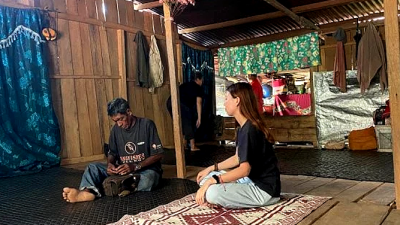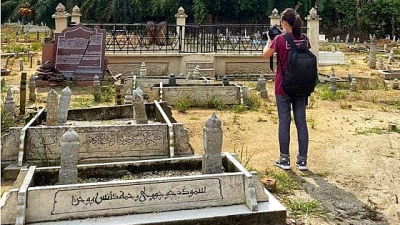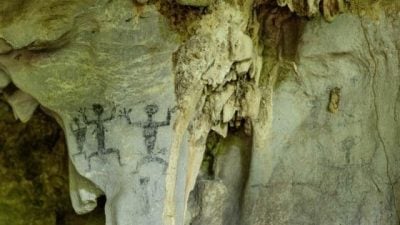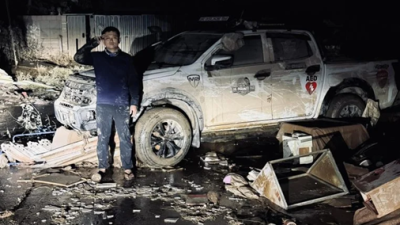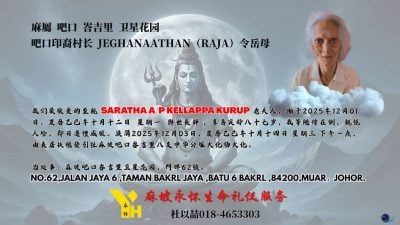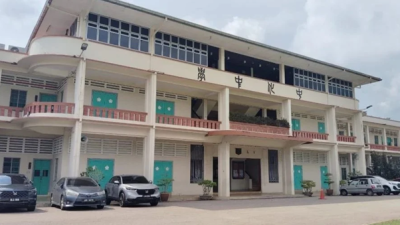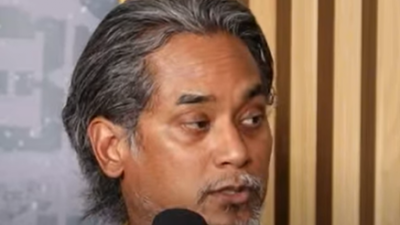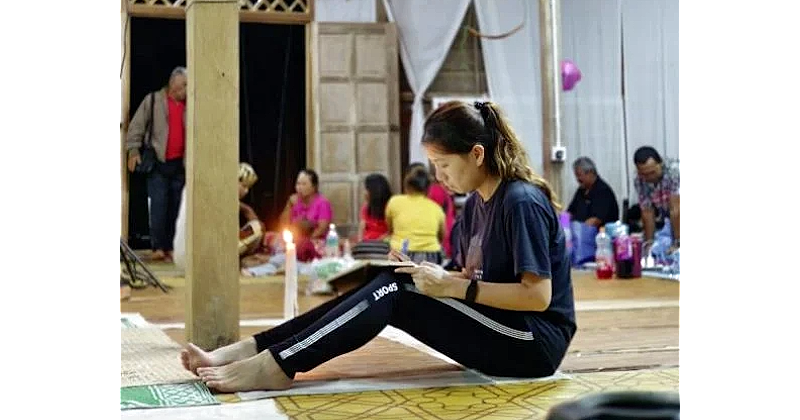
Time flies—it has been almost two years since I attended graduate school in Taiwan.
This month, I’m due to submit my research proposal for my thesis, and every day I look through difficult theories searching for “predecessors” or “pioneers” whose voices might echo with mine.
Academic writing is vastly different from journalism. You’re not just documenting human stories—you must have an ambition to elevate knowledge into “innovative concepts,” and explain to experts in your field: Where does your contribution lie?
This process feels like searching for water in a sandstorm. Often, you may think you’ve spotted an oasis, only to rub your eyes and realize it’s a mirage.
Or, as the band No Party for Cao Dong sings in Mud, you keep discovering: “What I want to say has already been said; what I want to do has already been done—by the rich.”
I might count myself lucky. After all, research on the indigenous people in the Malay Peninsula is so niche that writing a single article on ethnography might be enough to be called an “expert.”
Yet the path remains long and obscure, with almost no footprints to follow. Every step risks sinking into the mud or going the wrong way.
Crossing unknown wilderness in search of the last glimmer of light in rainforest
I met the shaman of the Urang Huluk (the upstream people) for the first time on a particularly hot Sunday afternoon.
He lives in a village in the Endau-Rompin National Park and runs a “forest clinic” that has been passed down for hundreds of years.
As many indigenous shamans have passed away and been replaced by modern medicine, this forest clinic now stands like the last glimmer of light in the rainforest, offering spiritual refuge to indigenous people from across the country.
Of course, this clinic doesn’t open daily. It operates on a schedule tied to the lunar cycle—between the new moon and full moon.
Those who come usually suffer from strange illnesses or seek to lift curses.
They must also camp overnight, as each healing session lasts four days and three nights.
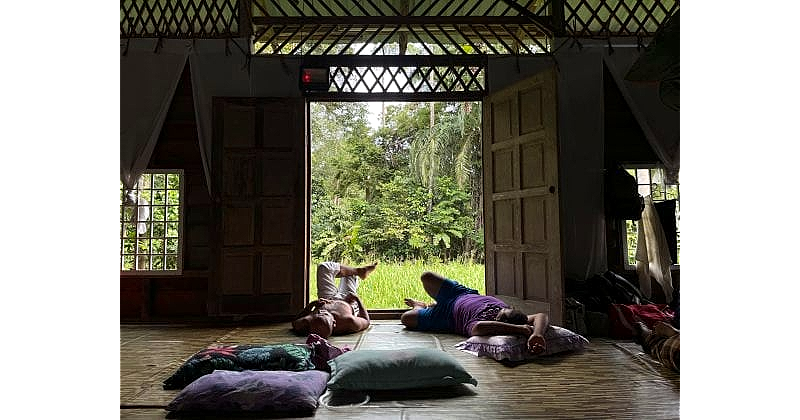
Eventually, the shaman’s miraculous acts spread beyond the indigenous communities to include Malays, Chinese, and Indians.
The clinic became a rare place of healing where multiethnic communities coexisted—a “One Malaysia” in practice.
To catch a glimpse of this mysterious clinic, I made an “appointment” well in advance and asked the shaman what time he would see patients. His reply was brief: “Nine o’clock.”
However, how to actually get to this signal-less, GPS-invisible location remained a mystery to me even the night before departure.
By the time my alarm rang like a ticking time bomb the next morning, it was already 7 a.m.
Though I was still in sleep mode, like someone activated my body, I was in the traffic of the North-South Expressway.
Google Maps on my phone estimated I would arrive at the “Endau-Rompin National Park” by 10 a.m.—an hour late.
But I wasn’t worried. From my experience, most indigenous people don’t follow time strictly, and I assumed the shaman would be the same.
Yet my confidence was quickly drowned by overwhelming drowsiness. Less than 30 minutes into the drive, my eyelids had shut a dozen times. My tightly gripped steering wheel kept veering toward the shoulder—one slip, and I’d make the news.
Spotting a rest stop sign, I quickly switched on the turn signal and slowly pulled into a parking space.
I turned off the engine, lowered the window, and shut my eyes for a nap.
Half-asleep, I noticed the estimated arrival time on my phone screen rapidly jumping like a fast-forwarding movie—10:00, 10:30, 11:00, 11:15… eventually stopping at noon.
Still groggy, I buckled up quickly, started the car, and floored the gas pedal.
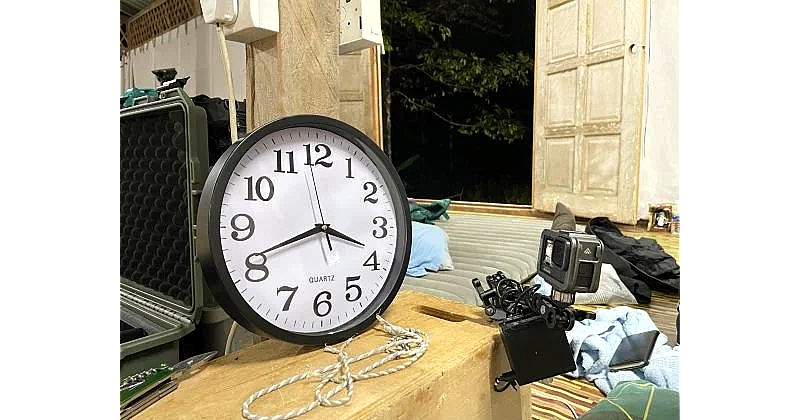
The elusive rhythm of forest time
When I finally arrived at the entrance of Endau-Rompin National Park, it was noon.
I don’t remember how many times I asked for directions before I finally spotted the sign for the “forest clinic” in this endless, signal-less rainforest.
As I drove onto the muddy patch of grass in front of the clinic, a bad feeling stirred in my gut—why were there no other cars? Had the consultation hours ended?
Before I could fully rise from my melting leather seat, the shaman emerged from the shadows of a nearby stilt house.
Maybe it was the blazing sun or my fear of hearing the truth, but the way my eyebrows furrowed made me look like a hostile intruder.
Skipping pleasantries, I asked whether the consultations were over. The shaman looked at me with mild confusion and calmly replied, “Not yet. It starts at 9 p.m.”
His simple response left me speechless.
I instinctively checked our message thread from the night before.
Sure enough, he had only written “9”—without indicating “a.m.” or “p.m.”—and I hadn’t thought to clarify.
Clearly, our understandings of “time” were fundamentally different. I had naturally assumed the clinic operated during the day, while the shaman assumed I’d know: a place that heals through incantations would, of course, only show its power after night falls.
In the end, this moon-driven forest clinic didn’t begin its healing ritual until around 11 p.m.
Watching the shaman whistle, chant, and laugh loudly during the ritual, I couldn’t help but wonder—either the indigenous gods, like him, have no concept of time, or they were all conspiring to toy with a city dweller like me.
Removing the lens of ‘what’s obvious’
I remember when I first arrived in Taiwan, I met a Paiwan classmate also researching shamanism.
Naturally, we began sharing fieldwork stories. Curious, I asked whether Paiwan healing rituals took place during the day or at night. Without hesitation, he replied, “Of course during the day!”
Hearing that “of course,” I couldn’t help but laugh and gently reminded him: that phrase—use with caution!
Though I wouldn’t dare call myself a true anthropologist yet, the countless stumbles and awkward experiences in the field constantly remind me: in this world, do not assume.
Only by gradually removing the lens of “common sense” and “universal principles” can you begin to see the oasis that has always existed in what others consider a desert.
More on Echoes from the Forest
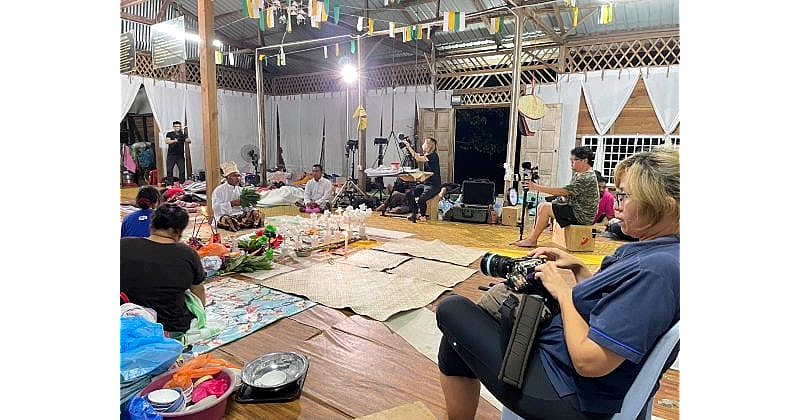
(Yi Ke Kuik is a Master’s student in Anthropology at National Taiwan University focusing on issues related to indigenous people in Peninsular Malaysia. Founder of myprojek04 photography initiative and writes for a column called Echoes from the Forest (山林珂普) in Sin Chew Daily, highlighting the photos and stories of indigenous people.)
ADVERTISEMENT
ADVERTISEMENT







